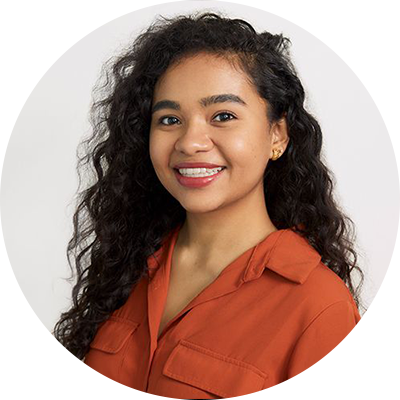The case for prioritizing high-interest debt
The problem with letting credit card debt linger is that you can end up spending a lot of money on interest. If you owe $41,000 on your various credit cards and it takes you five years to pay off your balances, at a 24.23% APR, you’re looking at spending a little more than $30,000 on interest alone.
If you’re able to whittle down your balances a bit in the coming months, in addition to savings on interest, you may be looking at lower monthly payments later on in the year. If a recession hits at that point, your debt might be easier to deal with.
There are a couple of different tactics you can use to pay off credit card debt. The “avalanche method” has you tackling your debts from highest interest rate to lowest, while the “snowball method” encourages you to tackle your debts from smallest balance to largest.
Each has its advantages, and both can be effective. The avalanche method can save you more money on interest — which can go a long way when you’re dealing with expensive credit card debt. However, some people find the snowball method keeps them motivated by allowing them to enjoy small wins on the road to being completely debt-free. You’ll need to think about which method works best for you.
Another option is to see if you qualify for debt consolidation. If you move your credit card balances into a personal or home equity loan with a much lower interest rate, that could be a huge source of savings. And it could enable you to be debt-free sooner.

Subscribe to our free newsletter
Get top stories & exclusive content.
Join
our
200k+ community.
By signing up, you accept
Moneywise
Terms of Use,
Subscription
Agreement,
and Privacy Policy.
The case for prioritizing your savings
Paying off debt can be a source of savings. But if you're worried about losing your job in the near future, you may want to prioritize your actual savings.
A U.S. News & World Report survey revealed that as of earlier this year, 42% of Americans are without an emergency fund. But if you don’t have savings to fall back on and you lose your job, you could end up getting deeper into debt — that is, if you’re even given that option.
If you already have $41,000 in credit card balances, you may be pretty maxed out. And if your credit cards are maxed out, chances are, your credit score isn’t in the best shape, which means you may not qualify for a new loan if you need one.
So, if you don’t have enough money in the bank to cover at least a three-month period of unemployment, you may want to focus on building some emergency cash reserves and tackle your debt afterward.
Once you’ve socked away enough money to float you for three months, if all this economic uncertainty starts to temper, you can start thinking about shifting your focus back to your debt.
Of course, your situation may not be so black and white. You may want to speak with a professional financial advisor to make sure you’re prepared for all possibilities.
This 2 minute move could knock $500/year off your car insurance in 2025
OfficialCarInsurance.com lets you compare quotes from trusted brands, such as Progressive, Allstate and GEICO to make sure you're getting the best deal.
You can switch to a more affordable auto insurance option in 2 minutes by providing some information about yourself and your vehicle and choosing from their tailor-made results. Find offers as low as $29 a month.







